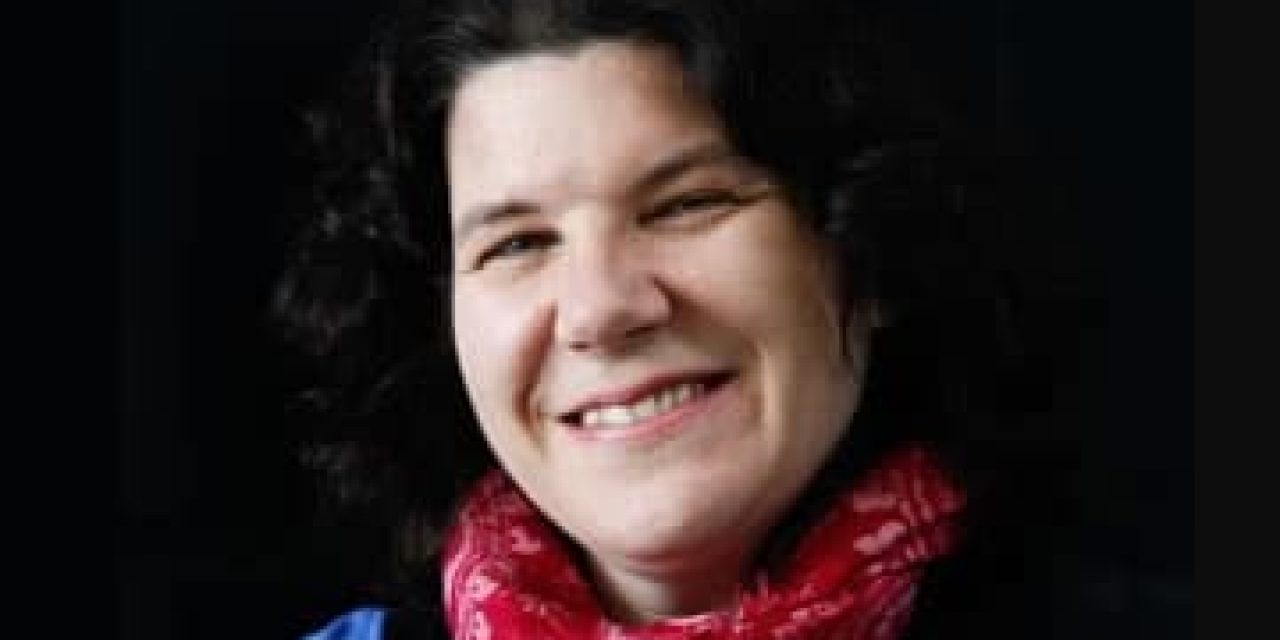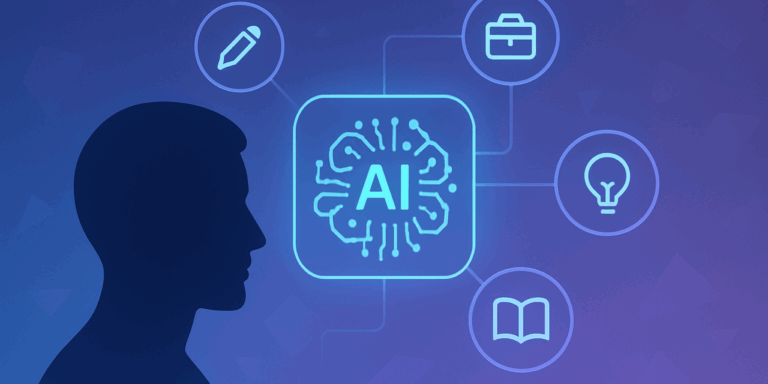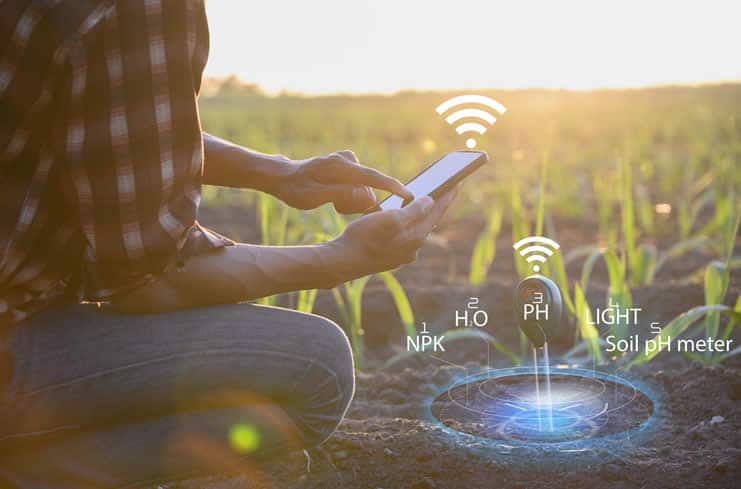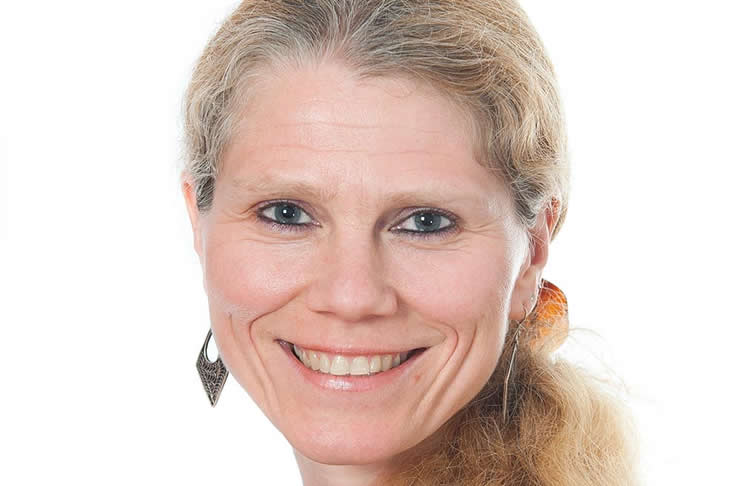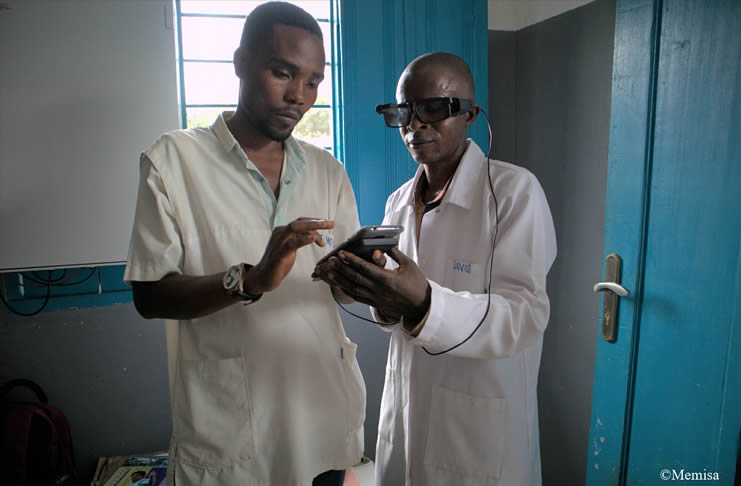On April 30th and May 1st, London hosted the second edition of the Social Customer Service Summit. Mission: exploring the convergence of social and digital customer service. Among the keynote speakers on the first day: Nicola Millard, futurist, psychologist and Head of Customer Insight & Futures with BT’s Global Innovation team.
Although Nicola likes to say she has no crystal ball, she sure knows how the present and future of customer experience, customer behavior, customer service and the contact center (will) look like. Time for an (in-depth) interview.
Integrating social in the contact center
Nicola, you will be speaking at the Social Customer Service Summit 2015. One of the key themes of the event is how to integrate social in the contact center. Today we see that social customer service is often done by a ‘social customer service hub’ or ‘social web care’ team, among others because of the argument that a specific skillset is required. However, at the same time we see, as your research also shows, that the role of the contact center is changing as is the role of the contact center agent in an increasingly automated and digitized environment. How do you see both approaches evolving?
Nicola Millard: I don’t agree that social media has a different skillset to, say, web chat or email – it’s all written communication and requires someone who can write simply, effectively and concisely (if you are dealing with character constraints in certain social channels).
Creating a “social department” can be problematic for 3 reasons.
- The first is that you need similar skill sets across all digital channels, so why separate them out?
- The second is that customers are increasingly “omni-channel” and there was a lot of evidence in our recent research on social customers that the social media department were double handling issues that had often already been resolved over other channels.
- The third is that customers were frequently getting different answers from each channel. Tying all of this together is vital – which is why customer service, marketing and complaints all need to be working together and providing a co-ordinated response.
I don’t agree that social media has a different skillset to, say, web chat or email – it’s all written communication and requires someone who can write simply, effectively and concisely
Saying “sorry” isn’t enough and the relativity of social influence
One of the reasons social customer service, in my opinion, was siloed relatively early one was the – maybe somewhat all too prominent – focus on reputation management and “influence”. Should a social customer service team be busy with reputation, influence, advocacy etc.?
Nicola Millard: I think the key thing that our recent snapshot of social customer activity shows is that saying “sorry” isn’t enough. You need to have people who don’t just apologies, you need people who can take on the issue and resolve it. You need organizations to listen rather than simply respond fast. To be honest, this also applies to all other channels – it’s just that social media is more public.
However, many people overestimate the role of social media in influencing people’s buying decisions and perception of a brand. Certainly the people with the loudest voices and millions of followers can be influential but there was evidence in the research that people tended only to be influenced by brand opinion on social media if they had a strong connection with the person in the real world as well as the social media world.
70% of customers expect a response within 15 minutes but our study reveals response times as varied as 8 minutes, 8 hours to no response at all
Time for a service level agreement for social media
Nicola Millard: I do, however, think that there is a perception amongst customers, by publicly embarrassing the brand, they will get access to faster service. Our newest global consumer research is showing that 70% of customers expect a response within 15 minutes but our study reveals response times as varied as 8 minutes, 8 hours to no response at all.
One of the key issues is that there is rarely any evidence of a “service level agreement” for social media from most organizations. Some, especially financial services companies, are now publishing estimated response times to queries and also advise what is and isn’t likely to be dealt with on such a public channel.
Too much sales talk or blatant attempts to control communication can lead to corporates dancing by themselves. Ignoring the social dance floor or trying to control it can get them a slap in the face.
As organizations are embracing digital and social technologies and workers get increasingly social and digital savvy, how long will the argument to approach social customer service separately still stand?
Nicola Millard: I think that there is a case for separating out phone contact from “digital care” as it is difficult to multitask on a phone conversation. However, blending social media, email, white mail and web chat makes sense. The key is to skills based route all the channels. You need to “speed date” the issues with the appropriate people to deal with them, regardless of whether it’s social media, chat or the phone.
The other reason not to separate social out is that you often need to pull customers into a more private session to discuss personal details – this means that the agent needs to be able to initiate a webchat, phone or email conversation with the customer.
Artificial intelligence and the role of the human expert
In the same line as the previous question: there’s a clear call to also – digitally – transform the contact center and have staff focus on value creation and “exceptions”, whereby tasks which can be easily digitized get digitized (or solved by self-service where possible) and contact center agents become experts. What’s your take?
Nicola Millard: If we project forward a little (probably only 2-3 years) we can see artificial intelligence coming more into play. Already IBM claim that Watson can out diagnose a doctor, given a list of symptoms, and machines are also getting better and processing and responding to natural language.
The role of the human expert actually becomes a very challenging one – which is a good thing
We already have a lot of fairly dumb and some semi-intelligent automation in play – Twitterbots, for example – but machines are not good at empathy, care, complex problem solving or creativity (yet). It’s a shift that is already happening as self-service is taking phone call volume out of contact centers but these calls are frequently more complex and emotive – and nearly always longer. The role of the human expert actually becomes a very challenging one – which is a good thing!
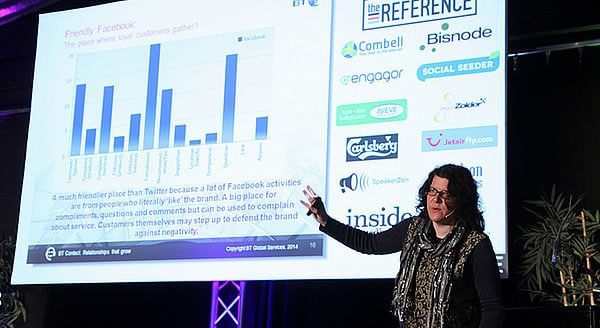
Not all social customer service is created equally – context matters
Regardless of the exact way social customer service is organized, one thing is clear since several years now: you simply can’t ignore it. And the reasons why keep increasing. There are gradual changes in contact center channel preferences and customer have higher expectations, to name just two ongoing evolutions. What evolutions do you see? Is social customer service simply a must and part of any customer service?
Nicola Millard: I think you can ignore it – it’s certainly a strategy – but you need to make it clear that you won’t respond on social media. It won’t stop customers talking about you behind your back and it would probably be wise to at least listen to those conversations, even if you don’t engage.
Active participation on social media is also dictated by the business you are in. Not all sectors are equal in the social media world. The overwhelming volume of content in our study (which looked at customer activity about 13 brands in 6 sectors over 1 week) was about retailers because they have the brands we like to talk about. They need to be using it. Travel companies have the challenge of grumpy travelers with Twitter and a smart phone. They probably can’t ignore it and can use it very effectively to keep customers informed in the event of delays and incidents. Banks have a harder job but can still engage. However, we had little activity in the utilities, logistics and government sectors.
The expectation that you get better service on social media is driving volume – but social breeds social and, if your social media volume shoots up, will it break? Can you scale it? Can you route it to teams with the right skills? Can you manage service level expectations? Is it more appropriate to have the conversation on a less public channel – like chat or the phone – and how do you channel shift seamlessly?
In the end it’s the customer that matters. He/she doesn’t want to know, let alone, experience, organizational challenges. As the attention for end-to-end customer experience and for digital customer experience grows and as you already touched, has the time come to look differently at how we organize customer service in general and social customer service specifically, in line with a more holistic or integrated/consistent customer view and customer expectation?
Nicola Millard: In short, yes! I think that social media can make a lot of the internal silos and processes very visible. We talk about the notion of “networked expertise” which is all about speed dating complex customer problems with the most appropriate person to deal with them, regardless of where that person is, what channel they are using or who they work for. It starts to challenge the distinction between front office and back office.
The contact center is one of the most obvious candidates to become this relationship hub. However, the contact center model can’t be one where the lowest paid, youngest and least empowered people work anymore – they need to be knowledgeable, able to take on complex problems on the customers’ behalf and be able to co-ordinate other bits of the organization to solve these problems. If they stay as contact handling factories, the robots will rise and gobble them up.
Taking customer experience seriously: from cost center to customer value
For all the talk about customer experience and digital transformation, research shows what we really all know, although customer expectations clearly grow: customers want essential expectations met. Speed of response, accuracy, transparency, ease-of-use, you name it. How can an organization make the difference?
Nicola Millard: I still think that customer experience isn’t necessarily taken seriously enough at board level in many organizations. Often organizations like the contact center are regarded as a cost to be cut rather than an investment to be made.
Organizations need to listen and respond to customer demand rather than repeat the same mistakes time and again and the big data coming in through social media, the phone, web chat, email and, even post needs to be listened to (using the increasingly powerful analytics technologies coming onto the market) and used to improve customer experiences.
Customer experience isn’t necessarily taken seriously enough at board level in many organizations
Moving away from transactional measures: the power of “easy”
Along with the shifts in the contact center and in social customer service, we also notice a shift in the Key Performance Indicators. There’ an increasing focus on removing customer friction, for instance. Your experience?
Nicola Millard: It’s great to see the more cost based, transactional measures being de-emphasized. Average handle time (editor’s note: AHT) is quite difficult to measure in an omni-channel world, for a start!
“Easy” is emerging as the big one for me. We know that 88% of customers who find it easy to do business with an organization will come back again. In BT we can see that our “net easy” score ties heavily with our customer churn and retention figures – 40% of people finding us difficult are likely to leave us. So it’s a great strategic measure.
But it’s also a great operational measure because you can see the practical impact of a new training programme or a design of the website on the score.
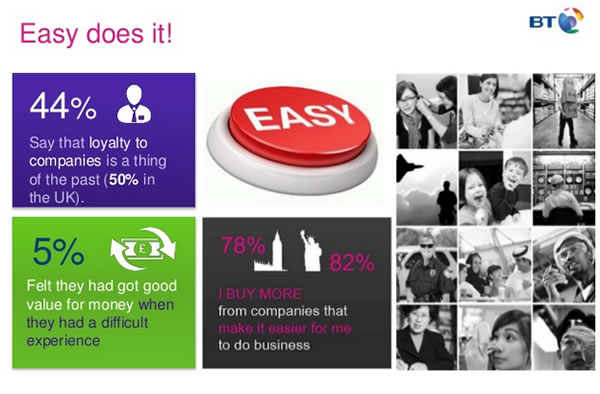
Social media is regarded as a channel that is easy for BT customers– second only to web chat. That is largely because BT tends to be more proactive on social media by reaching out to customers who have issues that they posting about on forums, Twitter and Facebook.
At the Social Customer Service Summit 2015 you will, among others, be talking about how to look good on the social (customer service) dance floor. It’s a reference to research you previously conducted. Can you share a few key takeaways?
Nicola Millard: Serving the Social Customer’ is a piece of research that we originally did in 2011 and have now done again – taking a snapshot of customer activity on social media with major brands. The social dance floor is one that can’t be controlled but, with some considered strategy (i.e. “I have to be on social media because everyone else is” is NOT a considered strategy) you can successfully boogie as a brand. Some sectors are more natural dancers than others – retailers and travel sector for instance. Others are shy or reluctant dancers – financial services. And some are largely dancing on their own – utilities, logistics and government. So the strategy for each sector may well need to be very different.
We discovered that customers were actively engaging with brands on a number of levels – from complaints to complements and beyond – that saying sorry wasn’t necessarily enough to satisfy customers and that social dancing often requires brands to do a coordinated conga through multiple channels and complex internal processes.
Precision routing across the organization and across channels: speed dating the customer
What are some of the key technological trends in the contact center? You mentioned artificial intelligence earlier.
Nicola Millard: The absolutely critical one is skills based routing – precision routing – across the organization and across channels. That provides the speed dating function between complex customer problems and the people who can deal with them.
Cloud computing enables you to increase the number of networked experts – particularly in times of great demand – because all you need is a browser and a network connection to contribute. It effectively untethers you from the big warehouse contact center to a variety of other models – home based, hub based, field based, branch based, coffice based etc.
Big data analytics gives you more clues about demand – rather than just counting contacts it enables people to understand WHY people are contacting (which is the important bit after all).
Cloud enables you to increase the number of networked experts – particularly in times of great demand
Wrapping it up with a tweet
You’re also preparing new research on the future of the contact center. If you had to share one key takeaway in a tweet – as we’re talking social – what would it be?
Nicola Millard: Forget the contact center; here comes the relationship hub!
As a customer herself, like all of us, when she seeks support/service Nicola Millard expects…Things to be easy!
People must join Nicola at the the Social Customer Service Summit 2015 in London because… the chairman is fantastic (and the speaking line up isn’t bad either).
What should I have asked in this interview and have I missed?
Nicola Millard: I think you’ve been very thorough.
And so have you!
